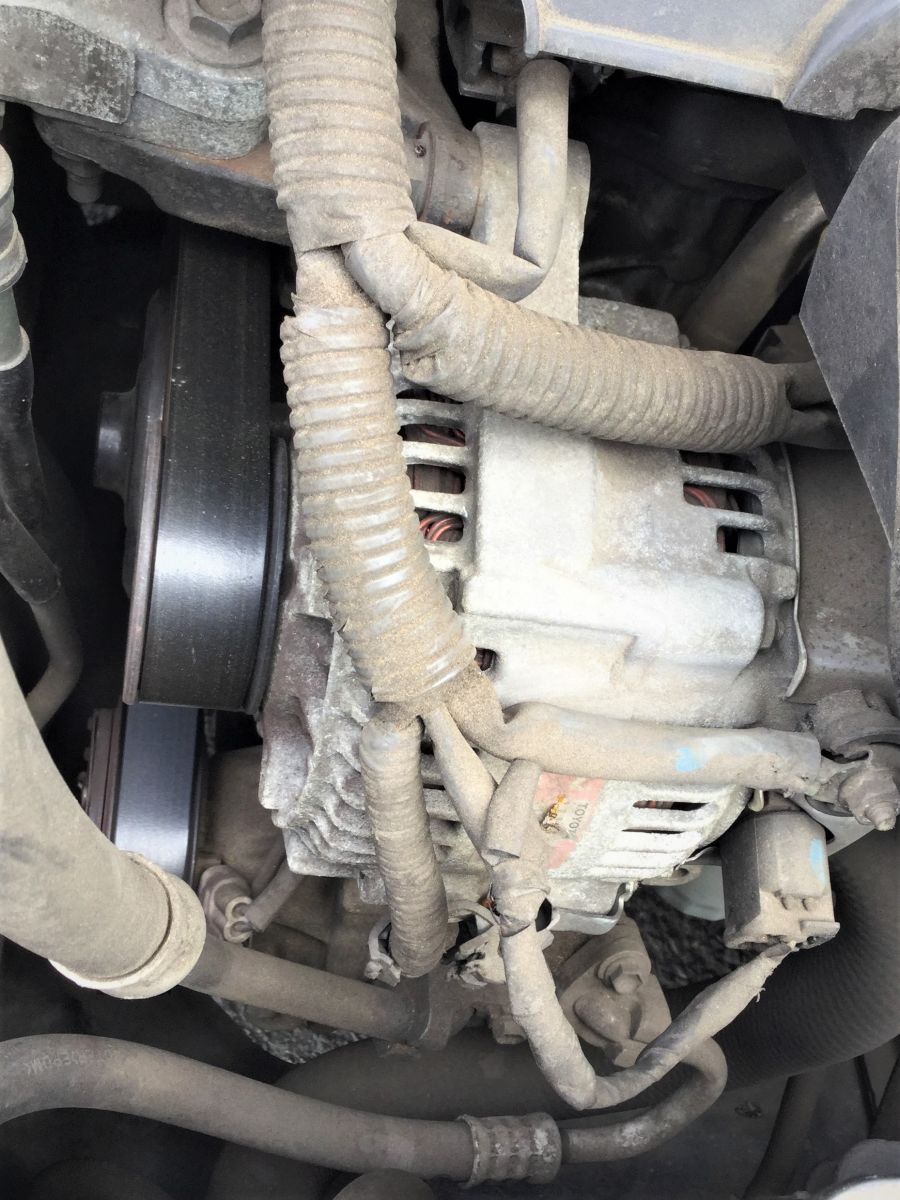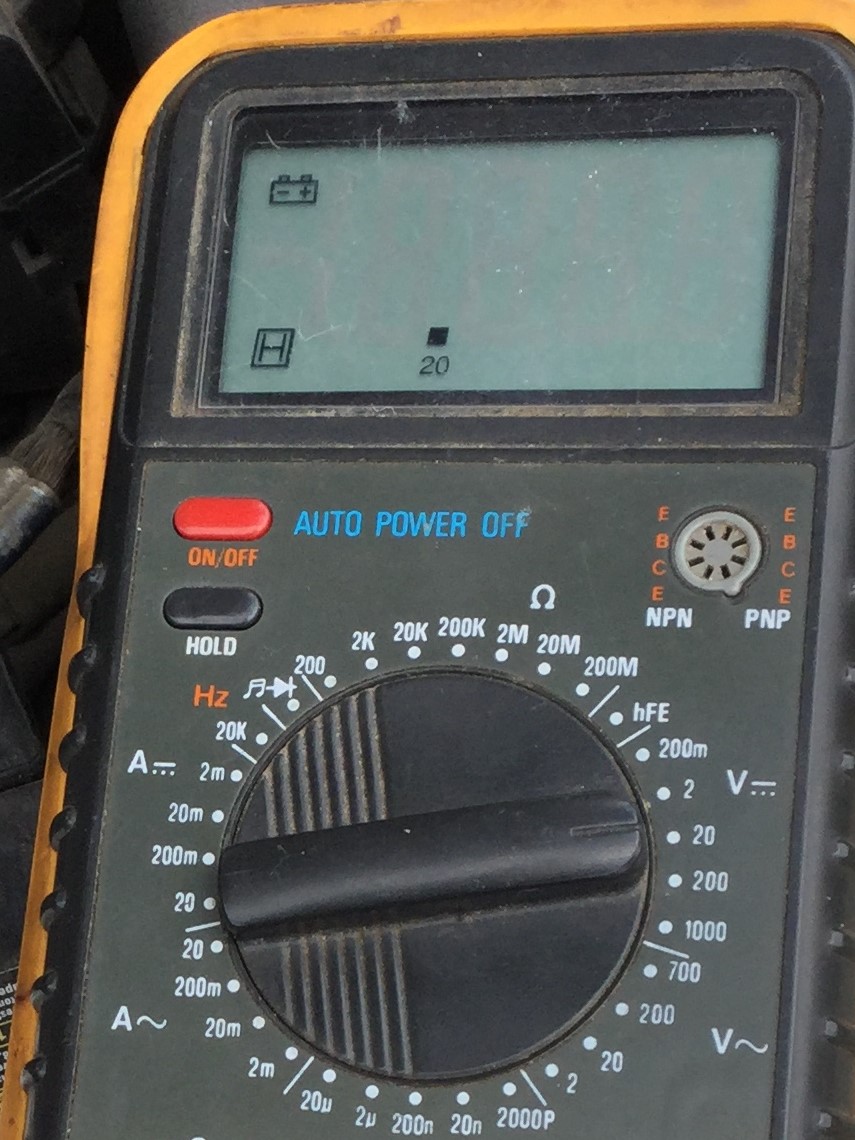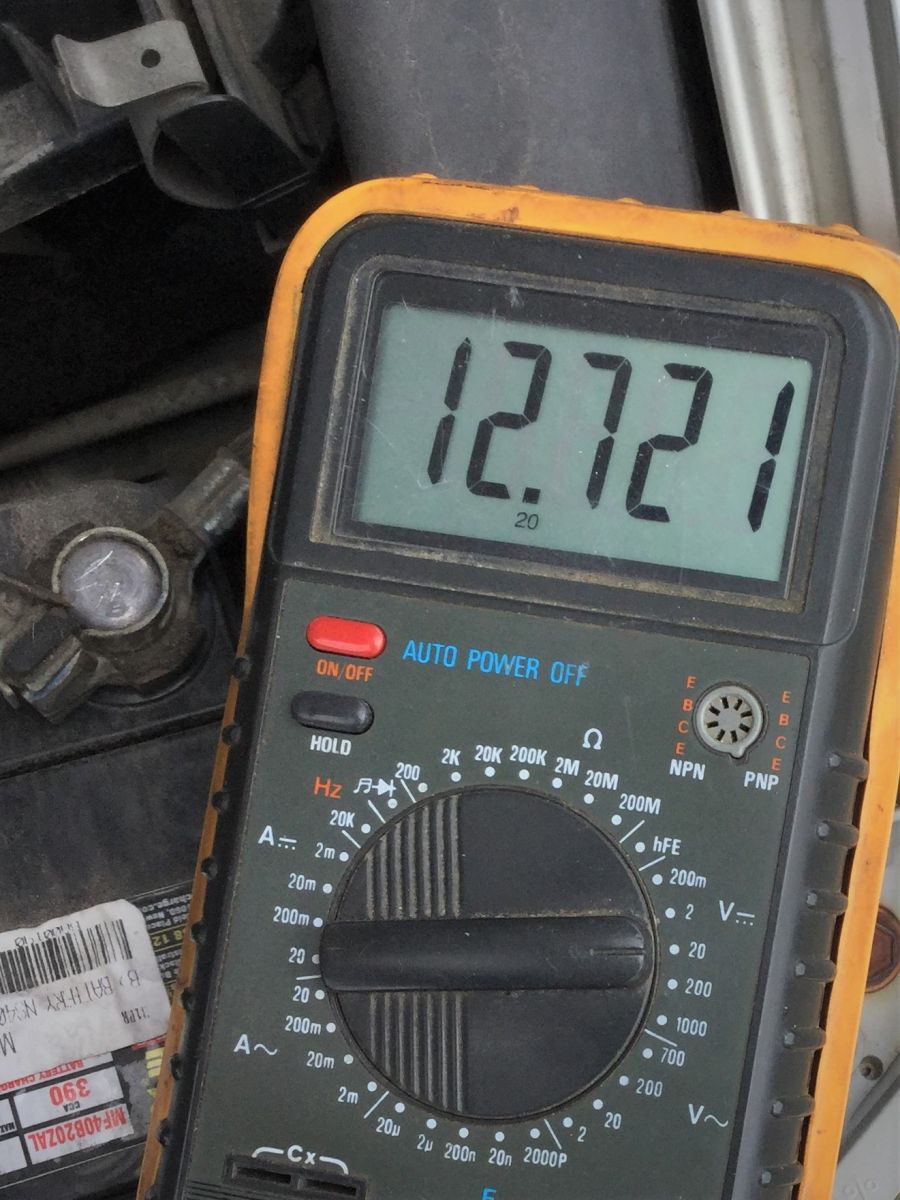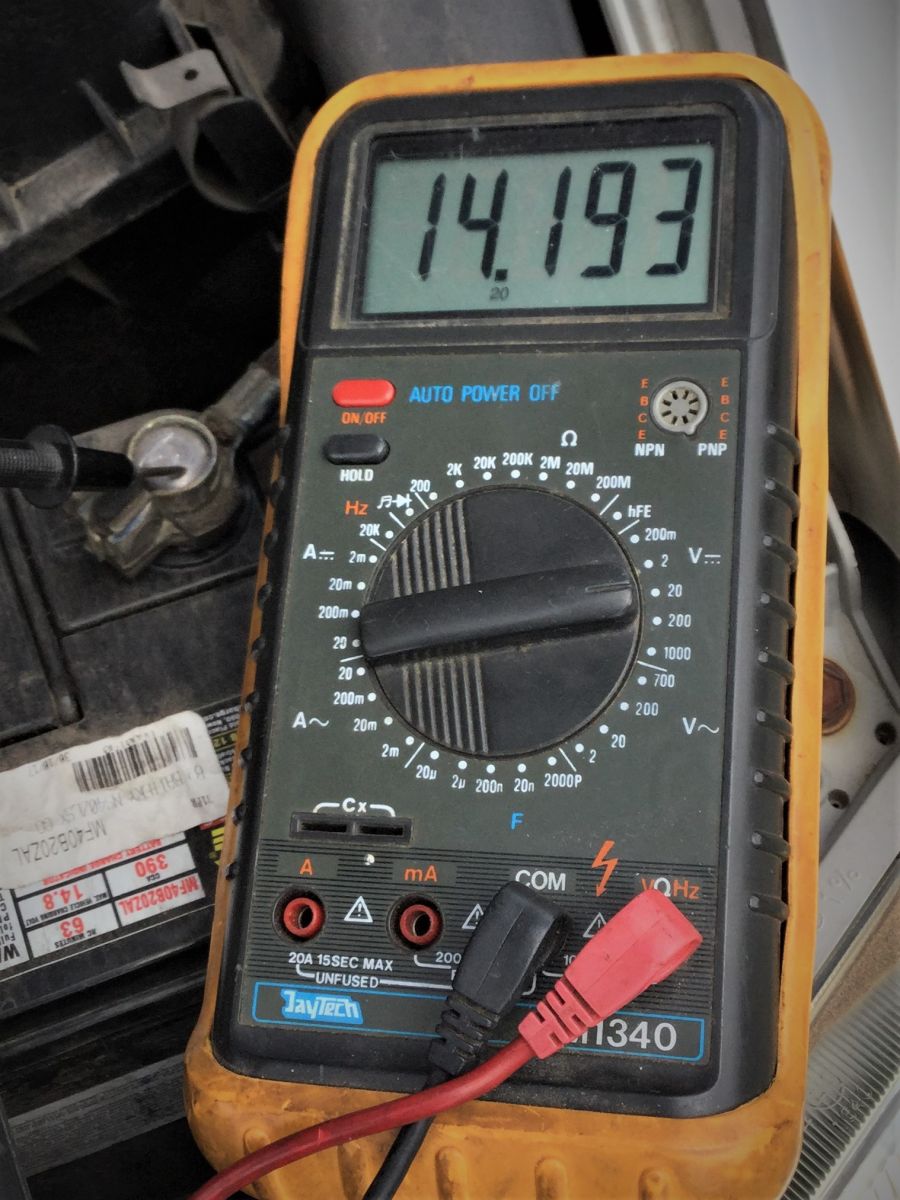How To Test An Alternator
Author: JRAutofix Date Posted:20 November 2019
 The alternator is the component that supply electricity to your car electrical system and charge your car battery when the engine is running.
The alternator is the component that supply electricity to your car electrical system and charge your car battery when the engine is running.
An alternator failure could be the root cause of an electrical fault in the electrical system including a flat battery.
The signs to watch for are a slow to start car or the battery warning light on the dashboard.
A quick check can be done with the car headlight by switching them on when the engine is not running and noticing an increase of brightness when starting and running the engine.
For Further test we would use a multimeter:
The multimeter would give you a more accurate reading of what is really happening and make the diagnostic easier. How to proceed:
- Setting up the multimeter you need to select range 0 to 20 V in DC Voltage

2. Connect the multimeter to the battery Red to Positive Black to the Negative of the battery
3. Read the meter, the value should be above 12.5 Volt DC, if not this would mean that there is something defective including battery, alternator or electrical leakage.

4. Assuming that your cat is parked safely with hand brake on you start the engine. The voltage on the voltmeter should now read above 14 Volt. If there is no change further investigation need to be done on the alternator.

Possible reasons for alternator failure :
- Low voltage output
- Wire connection to the alternator loose
- Broken or untight belt
- Internal winding damage
- Diode failure
- Damage or warn bearing (listen for noise)
- Poor battery (which would require the alternator to work harder to produce the same result)
- High output voltage
- Regulator failure
Components of an alternator:
The main parts are:
-Stator
- Rotor
- Bearing
- Pulley
Other parts include:
- Voltage regulator, it’s role is to maintain an output voltage between: 13.5 to 14.5 Volt DC
- Diode bridge that transform alternative AC voltage into DC voltage
- Brushes
Repair and maintenance:
Make sure that the electrical connections are tight, the belt has the proper tension applied and the area around the alternator is cleaned and avoid water to go near the alternator.
Repair can be done by a specialist but this might not be economically the best option.
These days it could be cheaper to replace the alternator yourself if required.
In case of the dashboard warning light come on, you can still drive your car for a short distance but the charging system need to be checked.
The warning light indication come from the voltage regulator that can be inside or outside the alternator.
And finally refer to your car manufacturer manual for more specific informations.
